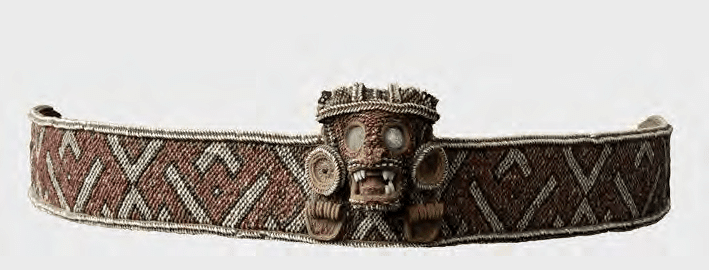Although Nikolaus Federmann's Indian History is most useful for its recounting of Federmann's entrada into the Venezuelan interior in the 1530s, there are some occasionally interesting references to the Taino of Hispaniola and the customs and cultures of indigenous Venezuela. Ostensibly sent to Venezuela on behalf of the Welsers, who received the administrative responsibilities of the colony, Federmann traveled from Coro to the interior. His superiors hoped to develop mines in Venezuela and Federmann himself was interested in finding access to the sea. His journey led him through the lands of various Indian nations (most of whom were politically decentralized), such as the Caquetio. After a series of raids, perilous travel through mountains, swamps, and plains and what was likely a bout of malaria, Federmann's expedition returned to Coro.
Despite promising to later tell the reader more about the customs and cultures of the various indigenous peoples, the reader is left in the dark about much of this. We learn that some, for instance, wore or used golden pectorals with "demonic shapes" and the Caquetio possessed gold. The indigenous peoples of Venezuela were possibly a source of the guanin used by the Taino in the Antilles. Furthermore, there was a coastal village or pueblo called Martinico east of Coro, which may, perhaps, have had some correspondence with the Matinino mentioned by the Taino of Hispaniola to Colombus? The Matinino mentioned to Columbus was possibly a reflection of mythologically-informed geography, but the guanin connection may mean something significant. After all, it is possible that the Taino of Hispaniola knew of Matinino as east of the "Carib" if travel to the Venezuelan coast was through the east to the Lesser Antilles, then south. Furthermore, some of the indigenous peoples of the Venezuelan interior spoke Arawakan languages and used terms like baracoa, macana and bohio. Certainly, Federmann used these Taino terms but they appear to have also been used locally. Federmann's description of the bohios he encountered, though often incomplete, suggest they were large structures and contained storage rafters. Some of their settlements in the Venezuelan interior, especially among the Caquetio of the Orinoco plain, could be rather large and contain well-defended villages.
Unfortunately, the extent to which Federmann's population estimates can be relied upon is unknown. According to him, Hispaniola still had 20,000 Indians (Tainos) in c.1530, but all lived in the Spanish towns. It is unclear what that number is based upon, but it does seem likely that the Taino of Hispaniola (plus enslaved indigenous peoples from Venezuela and other regions) were still a sizable part of the population. Indeed, Federmann even hints at the lack of Spanish or European influences upon the Taino by referring to them as naked and "screaming" people. The description of bohios, body paint, indigenous military practices, and the amazing efficacy of the horse in plains against Indian foes possibly help elucidate the "ease" of the Spanish conquest of the Taino, too. Federmann, of course, had to deal with numerous Indian groups who seem to have lacked the type of powerful chiefdoms described by the Spanish for Hispaniola.
In summation, Federmann's account fails to deliver the necessary ethnographic details but provides hints at Hispaniola and the Taino. In addition to being a major source of captive Indian labor in 16th century Hispaniola's mines, certain practices and customs that received mention in Federmann's Indian History possibly suggest the importance of the Venezuelan area as a source of guanin to the Antilles. Long distance precolonial trade between, say, Venezuela and Hispaniola, may have been indirect. But contact was clearly ongoing and the cultural practices of Venezuela's indigenes may shed light on the Taino.

No comments:
Post a Comment